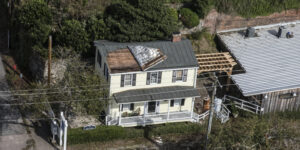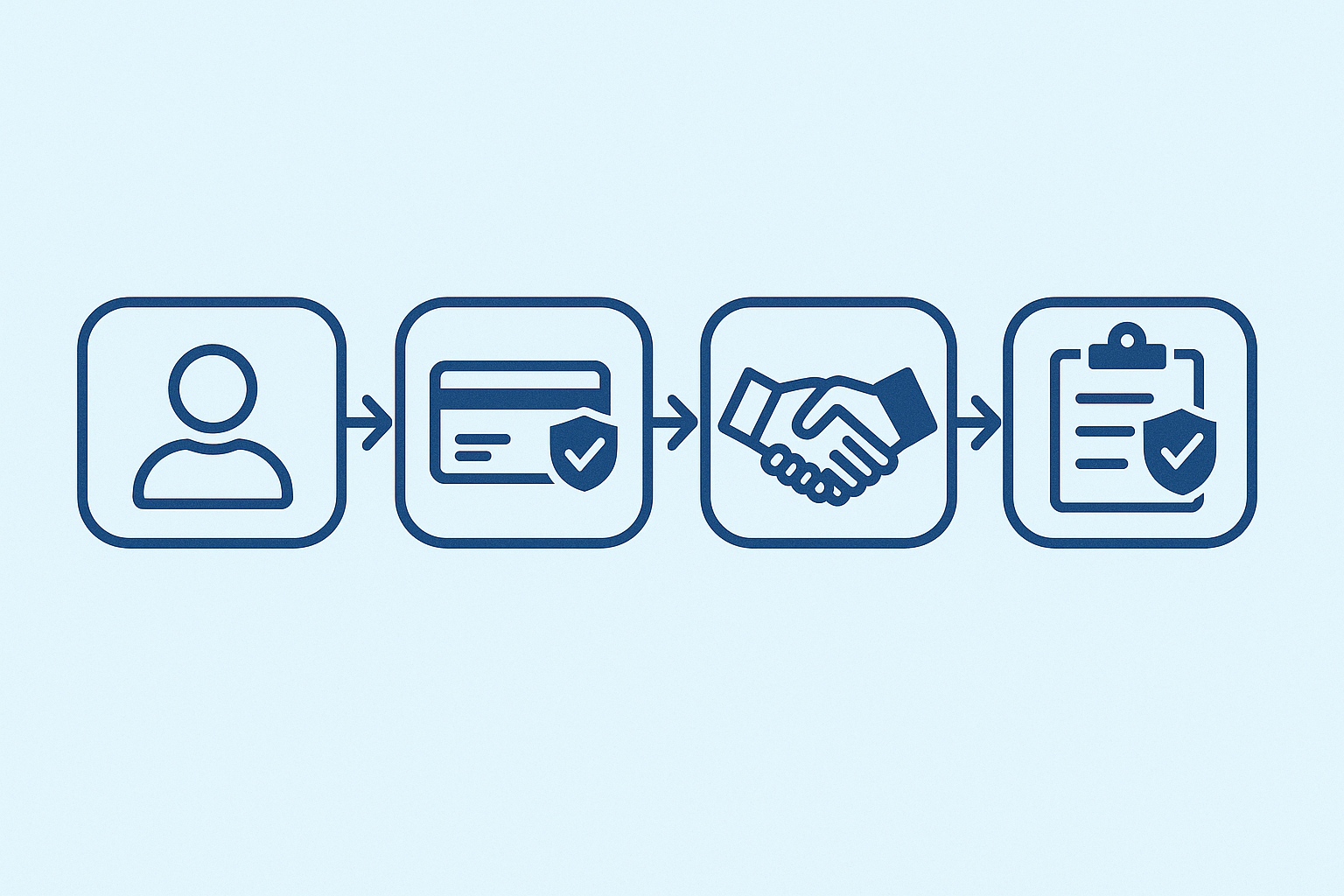The fact is, catastrophe losses are a part of an insurers’ financial results and not a line item to be dismissed, said W. Robert Berkley Jr, president and chief executive of W.R. Berkley Corp, during a recent conference call on second-quarter earnings.
Berkley opened his comments last week by saying it looked as though the industry was poised for “another ‘but-for’ quarter” – referring to insurers’ habit of spinning results “but for” catastrophe losses.
“It would seem as though [catastrophe] losses don’t make a difference and, bizarrely, from our perspective, people seem to very quick to back out cat losses as though it’s not real money,” Berkley said. “Ironically, they do not seem to back out the premium associated with the exposure that just had the losses.
“It’s no wonder why the industry struggles oftentimes to make good risk-adjusted returns. In order to do that, one needs to recognize the exposure and not pretend that it doesn’t exist, particularly when it occurs.”
Second-quarter net income at W.R. Berkley about doubled to $356.3 million from $179.3 million during the same period in 2022. The company’s Q2 consolidated combined ratio came in at 89.6, up a point from Q2 2022. Catastrophe losses were $53.5 million. Underwriting income was $265 million. Net premiums went up about 8.7 percent to $2.8 billion.
“Cat losses count,” Berkley continued. “It is not Monopoly money. It is real money. When we measure how we are doing, we do not back out cat losses.”
Berkley sees a marketplace struggling with rate to keep pace with loss trends, and its desire to grow. For the insurer he leads, “rate adequacy to support a reasonable loss ratio and deliver and acceptable return has, is, and will remain a priority,” he said.
Where the standard market, particularly national carriers, has lost its appetite for certain risks, an opportunity arises in the E&S space. He said W.R. Berkley has seen a “robust” flow of submissions. “We are very encouraged with what the balance of the year likely holds,” Berkley added.





















 Getting the Embedded Ecosystem Right
Getting the Embedded Ecosystem Right  The Good Neighbor
The Good Neighbor  Pot Addiction Is Possible — What to Know
Pot Addiction Is Possible — What to Know  6 Warning Signs for Insurers: How to Anticipate, Respond to Pipe Freezes
6 Warning Signs for Insurers: How to Anticipate, Respond to Pipe Freezes 




